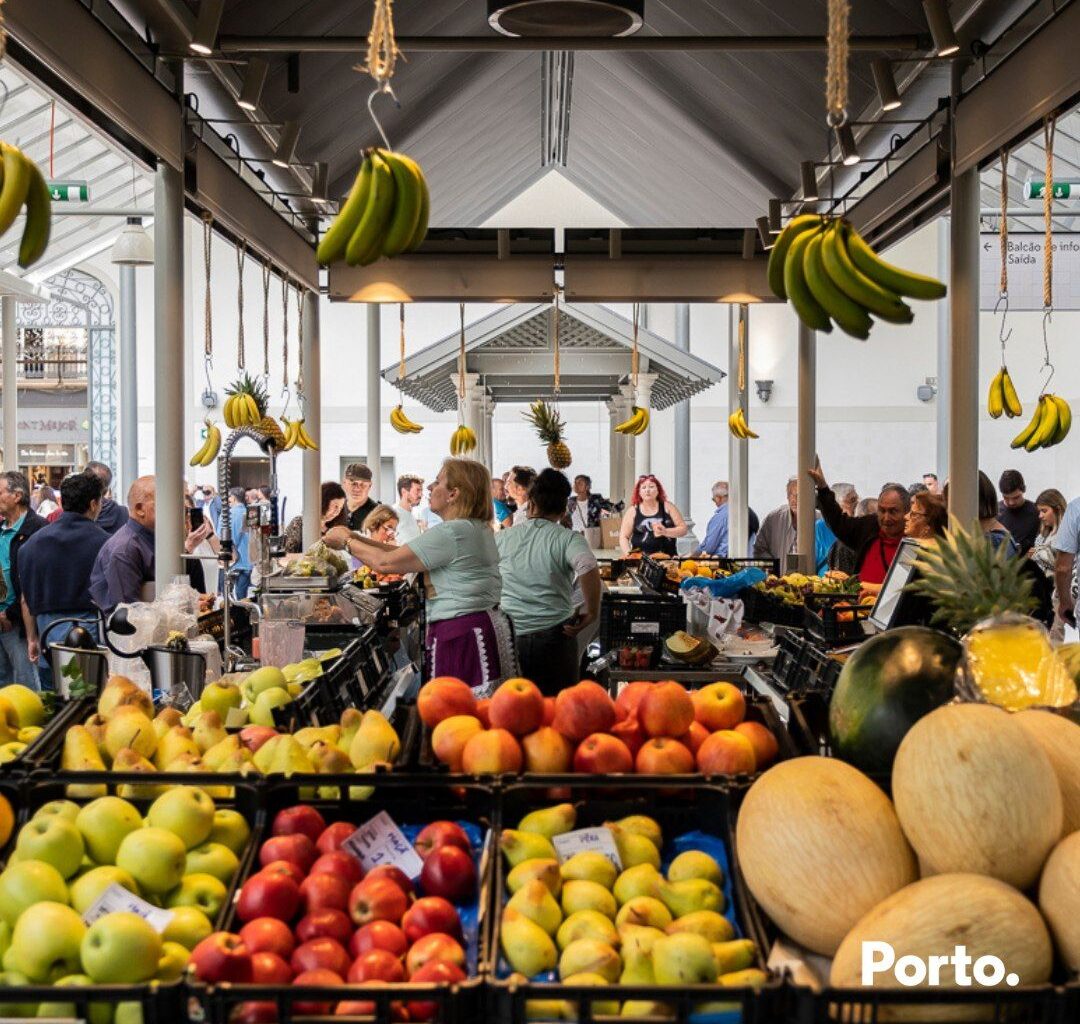The National Statistics Institute (INE) has revealed in the release of data from the Portuguese Food Balance (BAP), that the calories available for consumption represent twice the recommended amount for an adult of average healthy weight, remaining practically identical to the 4,077 kcal observed in the 2015-2019 period.
“However, it is important to highlight the 3,894 kcal availability recorded in 2020 (the first year of the COVID-19 pandemic), which constituted the lowest result in the last ten years,” the INE highlighted.
In its analysis of BAP data, the INE highlighted that food availability for consumption in the period 2020-2024 continues to show an “excessive and unbalanced” food supply.
Last year, the food product groups with the greatest deviations from the recommended consumption according to the Food Wheel were, by excess, meat, fish, and eggs (+12.4 percentage points, compared to +12.0 percentage points in 2020), and by deficiencies, vegetables (-8.1 percentage points, compared to -8.2 percentage points in 2020) and fruits (-3.7 percentage points, compared to -4.3 percentage points).
Meat
In terms of average food availability, from 2020 to 2024, compared to 2015 to 2019, there was a 2.9% increase in meat (234.4 grams per capita/day).
Poultry continued to represent the largest share of availability, corresponding to 39.9% of the total, followed by pork (27.4%), with an average decrease of 2.5 percentage points. percentages.
Beef ranked third, increasing 1.5 percentage points.
Fish
The supply of fish for consumption decreased 2.1%, not exceeding 60.4 grams per capita per day.
“The apparent consumption of crustaceans and molluscs grew 20.6%, remaining the second product in this group (28.6% of the total), after fresh, refrigerated, frozen, or preserved fish (55.1%), and relegating cod and other dried salted fish (16.3%) to third place”, according to an analysis by the INE
Egg consumption increased 11.9%, with an average annual growth rate of approximately 3% over the five-year period under analysis.
On average, each resident of the national territory had approximately half an egg per day available for consumption during the period under analysis (183 eggs/year).
The daily per capita availability of milk and dairy products decreased by 3.6%, reaching 312.7 grams/inhabitant/day, with the availability of milk for public consumption, the main product of this group (56.7% of the total), decreasing by 10.6%.
The availability of cereals decreased slightly (-1.2%), reaching 342.4 grams/inhabitant/day in the five-year period under analysis. “Portugal covered only 23.0% of its cereal consumption needs in 2020-2024,” compared to 24.7% in 2015-2019.
Fruit
On the other hand, the daily available quantities of fruits per inhabitant increased by 13.9%, registering an average annual growth of 1.8%.
Alcohol
Regarding alcoholic beverages, the daily available quantities per capita were 332.2 millilitres per day (121 litres/inhabitant/year), “reflecting a 10.0% increase compared to 2015-2019”.
Each resident of Portugal had 52.1 litres of wine and 60.6 litres of beer available for consumption per year.
